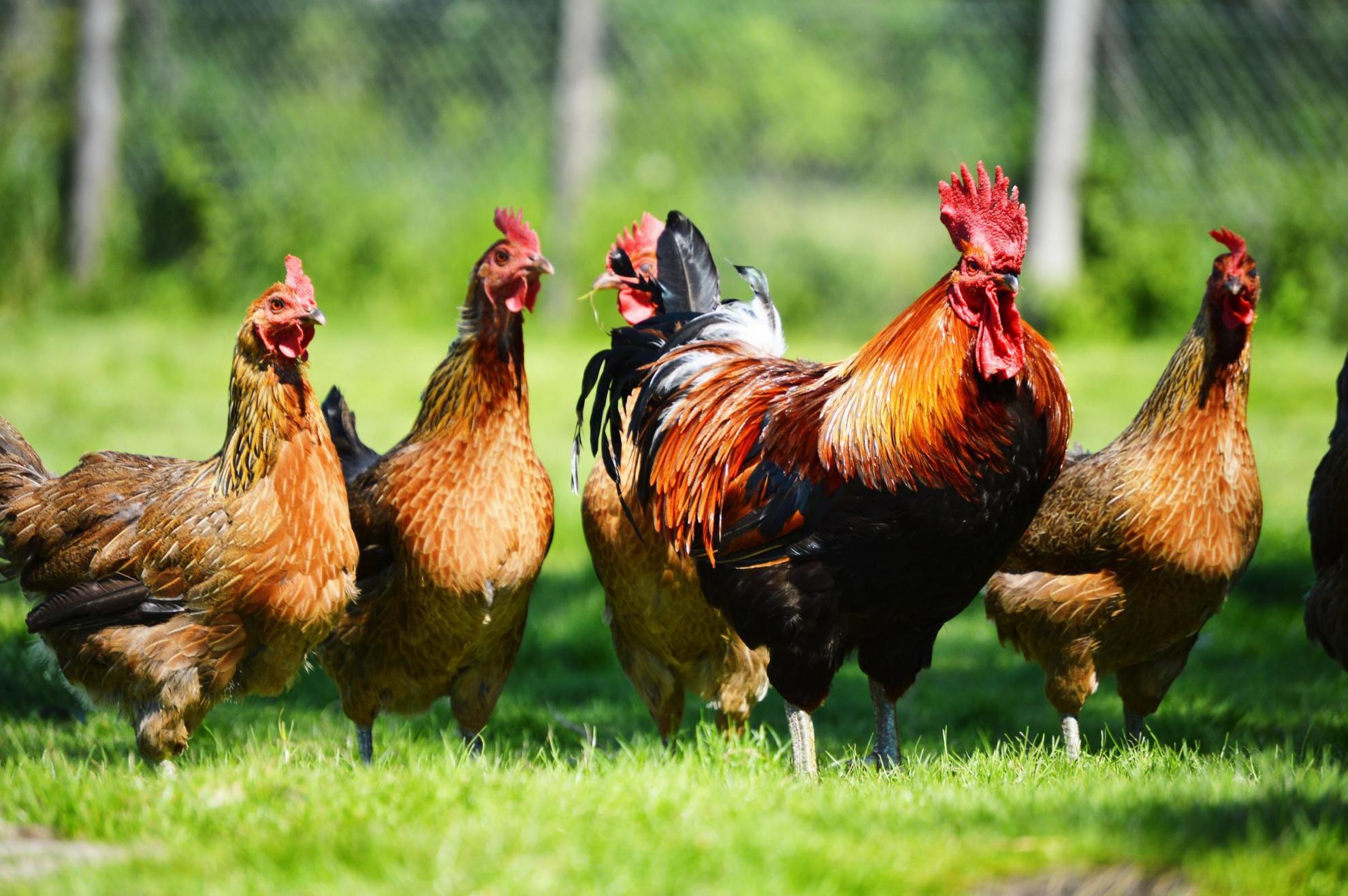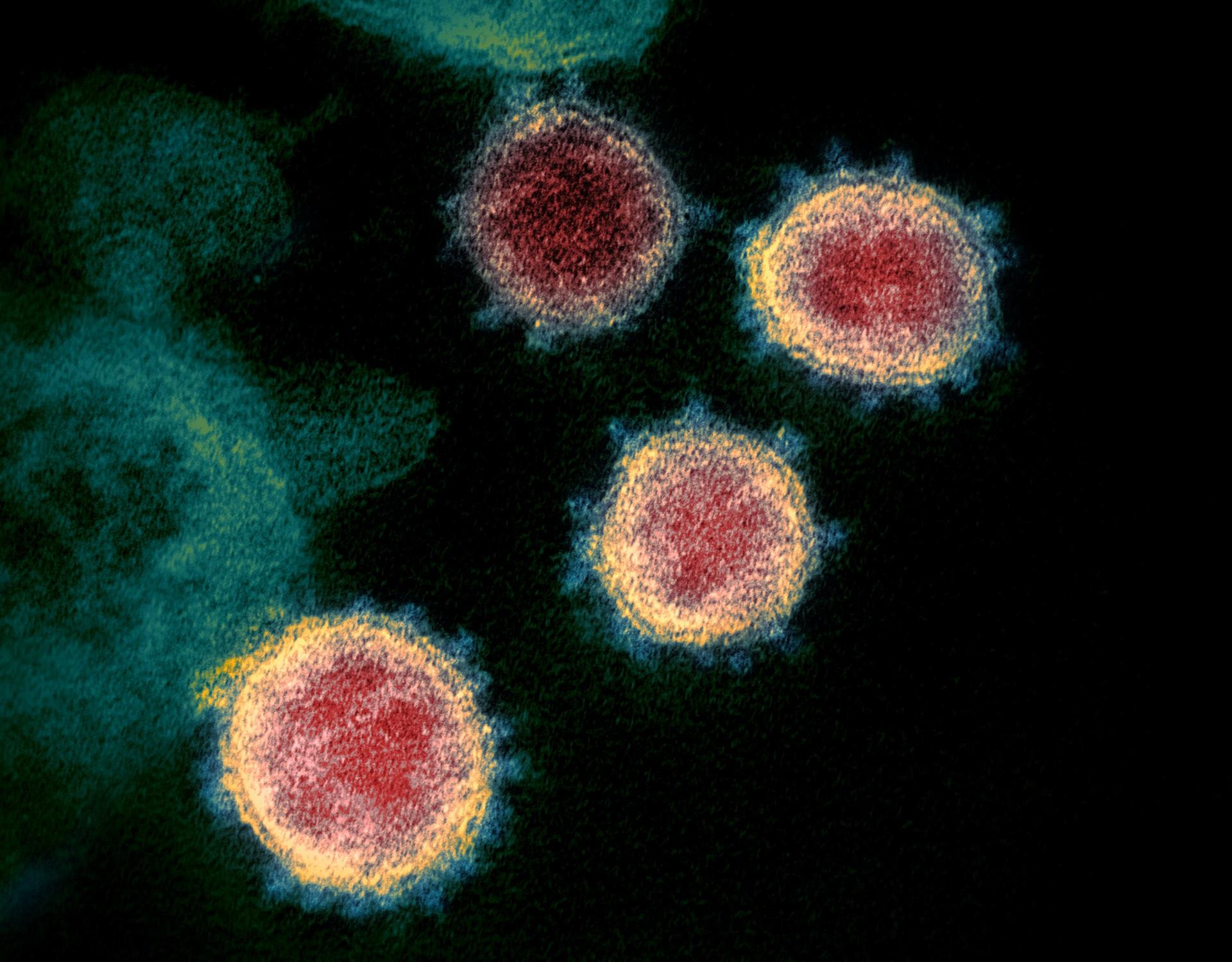Distribution of aminopeptidase N coronavirus receptors in the respiratory and digestive tracts of domestic and wild artiodactyls and carnivores
Aminopeptidase N (APN) is a transmembrane protein that mediates the attachment of the spike protein of several clinically important coronaviruses (CoVs) responsible for respiratory and intestinal diseases in animals and humans. To assess the potential for APN-mediated viral tropism, we characterized APN receptor distribution in the respiratory and intestinal tissues of various artiodactyls (cervids, bovids, camelids and suids) and carnivores (canids, felids, mustelids and phocids) using immunohistochemistry. In the lungs, APN expression was limited to artiodactyls, with strong expression in the bronchiolar epithelium and weaker expression in pneumocytes. Nasal turbinate and tracheal samples, where available, showed stronger APN expression in artiodactyls over carnivores. APN was consistently detected on the microvilli of enterocytes in the small intestine across multiple taxa, while the presence in the colon was more variable. Of the animals examined, pig and alpaca consistently expressed the most abundant APN in the upper and lower respiratory tract. In silico evaluation of APN orthologue sequences from humans, artiodactyls and carnivores identified distinct evolutionary relationships. Further in silico binding predictions for alpaca alphacoronavirus and human coronavirus 229E with cognate and heterologous alpaca and human APN revealed substantial overlapping binding footprints with high conservation of amino acid residues, suggesting an evolutionary divergence and subsequent adaptation of a 229E-like or ancestral virus within a non-human animal host. This combined anatomical and in silico approach enhances understanding of host susceptibility, tissue tropism and viral transmission mechanisms in APN-dependent CoVs and has the potential to inform future strategies for disease modelling, surveillance and control.


